Collaboration and Circuitry
Hello families,
Parents, this update is primarily for your benefit to give you an idea of what your child has been working on in class this week. Our focus skill this week in class has been collaboration and considering other’s ideas other than your own. The scientific concept we used to practice was how to build a circuit.
This activity has been nearly 100% open-ended, with student designing and buildings circuits, and using what they found out to design and build a flashlight using minimal materials to do so.
Before the first activity, I did not talk to students about circuits, it was all done by their prior knowledge. Their first task was to design a simple circuit, some examples below.
Using their blueprints, the next day students were tasked with building a working circuit using only a battery, a bulb, and 2 wires. At this point, I still did not tell the students anything about how to create a complete circuit.
Once the students had the chance top build the circuit, we started a discussion about what is necessary for a circuit to be complete. In essence, the students discovered how a circuit works through their own inquiry, instead of simply sitting and having it told to them. Now, I don’t want anyone to think I am not acting as a teacher, I was there through the process guiding, asking questions, and then summarizes and clarifying at the end. Instead of the traditional teaching and then a lab, the reverse is done so students are able to make discoveries and build ideas on their own, which is the essence of science.
Part 2
Once we built an understanding of basic circuits, students were introduced to a new challenge. They needed to use what they learned to create a flashlight. However, they were limited in the materials they were allowed to use in the process.
Materials:
- Battery
- Bulb
- 2Wires
- Paper Towel Roll (THANKS TO EVERYONE WHO DONATED)
- 2 Paperclips
- 3 Brass Fasteners
- 1 Rubber Band
- Electrical Tape
- Clay
While it was not necessary to turn the light on and off, that was an extra challenge introduced to the students who wanted to undertake it. Students, again, went back to the literal drawing board to plan out their invention.
The final step was using the materials to actually build the flashlight. There were some REALLY cool concepts created!
Posted in Blogs by Matthew Bailey with no comments yet.
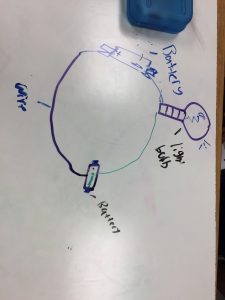
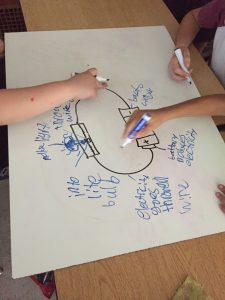
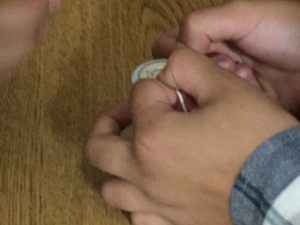
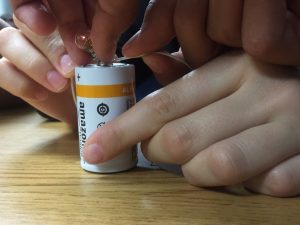

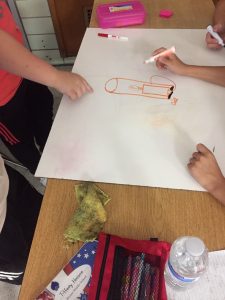
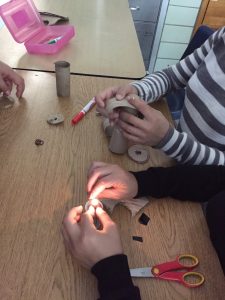
Leave a Reply